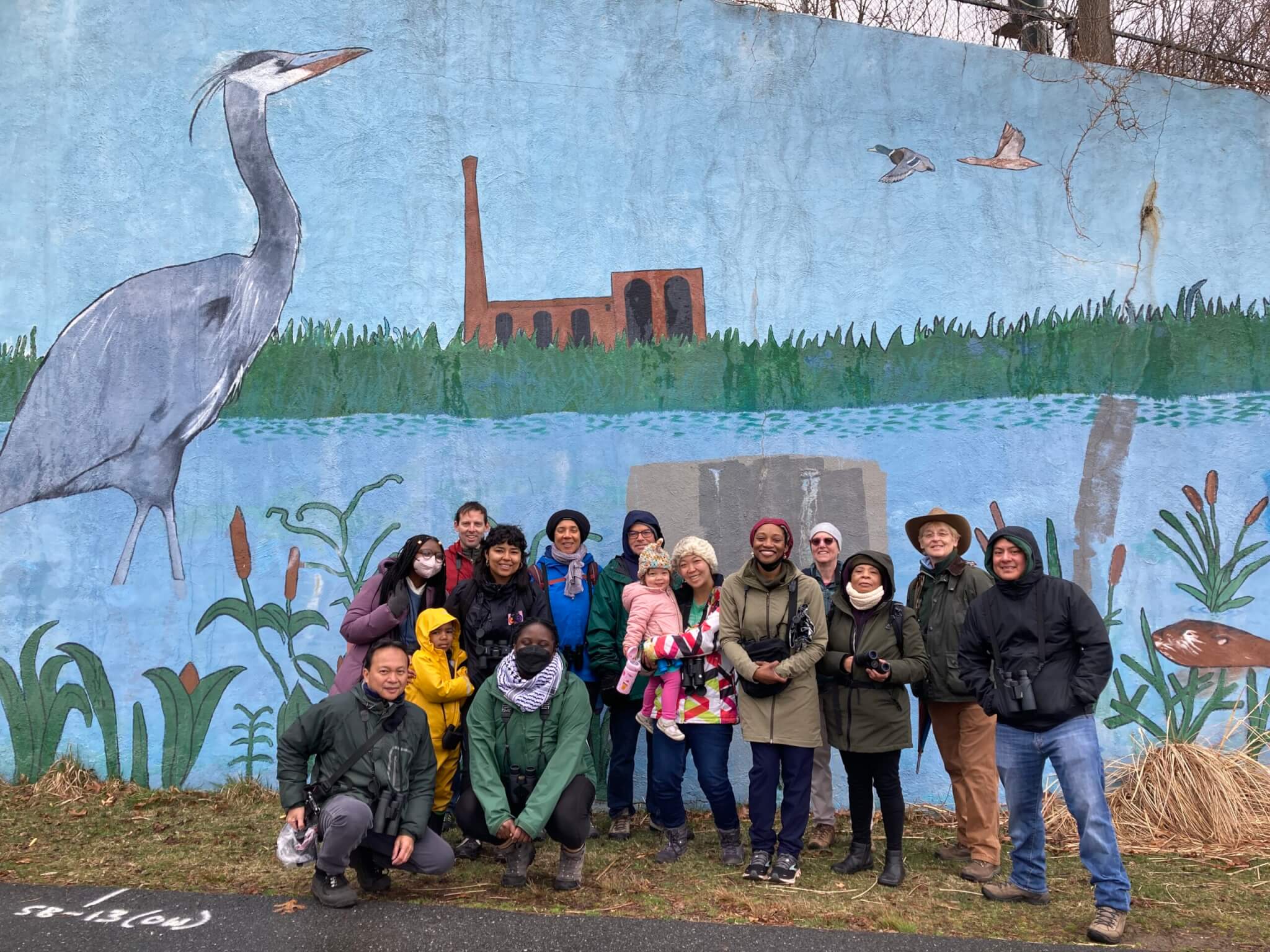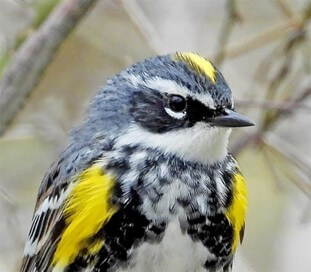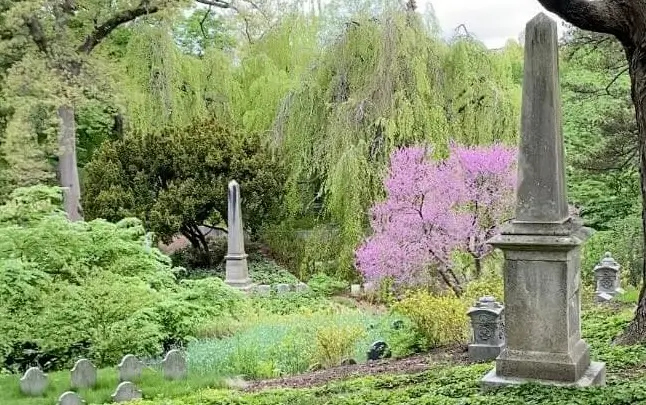According to the National Wildlife Refuge Association, “The intentional dismantling of science and conservation is happening now. Hundreds of dedicated U. S. Fish and Wildlife Services employees—many of them biologists—have been fired, gutting an already underfunded and understaffed National Wildlife Refuge System. Without them, habitats will degrade, endangered species will go unmonitored, and communities will lose vital recreation and economic benefits. This is a crisis.”
Call on Congress to reverse course and restore these critical positions. Congressional switchboard: 202-225-3121. Senate switchboard: 202-224-3121.
On February 14, 420 people were suddenly fired yesterday from the Fish and Wildlife Service, including National Wildlife Refuge System staff members. Other Department of Interior employees were cut, including 3,400 from the Forest Service, 1,000 from the National Park Service and 800 from the Bureau of Land Management. As you may have learned, other government departments have also suffered cuts.
Hard hit is the National Wildlife Refuge System. Before the recent cuts, only 2,353 employees managed 90 million acres of land and 760 marine areas. The new staffing level is a 31% decrease from FY2010.
These cuts will result in a loss of habitat management, cuts to law enforcement, and may lead to closed refuges. Work with endangered species, required by law, will be impacted.
Our local National Wildlife Refuges include Parker River National Wildlife Refuge, as well as the refuges of the Eastern Massachusetts National Wildlife Refuge Complex (Great Meadows, Assabet River, Oxbow, Nantucket, Monomoy, Mashpee, Massasoit, and Nomans Land Island). The Silvio Conte National Wildlife Refuge includes properties throughout the Connecticut River valley, including Fannie Stebbins and the Ft. River Division. Many of these are places well known and well regarded by BBC members.
These personnel cuts will lead to loss of habitat management, cuts to law enforcement, and may lead to closed refuges. Work with endangered species, required by law, will be impacted. Collaboration with states and non-profits will be limited. Cuts to everything outside of core biological mandates should be expected, including visitor services. Refuge lands may be closed. We are likely to see marine monuments downsized, and moves made to privatize or sell public lands.
Conservation is a bipartisan issue!
Now is CRITICAL – this is the time when we have to speak up for our public lands. If we who know and love these places do not step up, even more irreparable damage may take place.
MAKE THAT CALL! Urge your representatives to oppose cuts to the National Wildlife Refuge System and other parts of the Department of Interior supporting public lands. Every call counts.
THANK YOU for taking action!
What you can do:
- Call on Congress to reverse course and restore these critical positions. Congressional switchboard: 202-225-3121. Senate switchboard: 202-224-3121.
- Sign on to the Action Alert at Refuge System Employees — The National Wildlife Refuge Association.
- Urge your local media outlets to cover this story.
- Share this story with all your contacts.
- Support organizations supporting National Wildlife Refuges and other public lands, and fighting these cuts, such as Defenders of Wildlife, and the National Wildlife Refuge Association.
From the American Birding Association’s statement on the job cuts.
“These actions have real world implications for the health and wellbeing of wild birds, particularly those on the brink of extinction. For example, the Department of Interior’s Hawaiian Forest Bird Conservation Keystone Initiative appears at a standstill, just as a critically important project of this initiative—the control of mosquitoes that carry avian malaria—is about to be implemented. The delay puts critically endangered birds, such as the ‘Akikiki, a native honeycreeper found only on Kaua‘i, at immediate risk. Also potentially impacted is the reintroduction plan for another endangered bird, the ‘Alala (or Hawaiian Crow), a small number of which were just months ago released on Maui after a lengthy period being extirpated from the wild.”
“Many other native birds at risk, such as California Condor, “Northern” Spotted Owl, and Greater Sage-Grouse, would be affected negatively as well. And ongoing migratory bird conservation work in North America and beyond, which is inherently dependent on international cooperation, is in jeopardy.”
News Categories
Upcoming Field Trips
Wompatuck State Park, Hingham
Be prepared for a three-mile walk. Our target birds will be Pileated Woodpecker, Winter Wren and a variety of warblers including Louisiana Waterthrush. This trip will be canceled in the event of rain. Please contact the leader the night before if the forecast is for inclement weather. We will walk into the Holly Pond loop [...]
Mount Auburn Cemetery
Mount Auburn Cemetery 536 Mt Auburn St, Cambridge, MA, United StatesBurrage Pond Wildlife Management Area (rescheduled from Saturday)
Hanson - Burrage Pond WMA Hawks Avenue, Hanson, MA, United StatesA 3 to 4 mile walk along level gravel paths along the woods edge, old cranberry bogs and reservoir. We will search for the locally breeding Sandhill Cranes and early migrants. The American Bittern is more often heard than seen and waterfowl should be plentiful.
Lost Pond, Brookline (Rescheduled from 4/20)
Brookline - Lost Pond Brookline, MA, United StatesA short, two mile loop over slightly hilly trails looking for resident woodland birds and early migrants, namely Hairy Woodpecker, Brown Creeper, kinglets, Yellow-rumped and Pine Warblers, and possibly Great Horned Owl. We will also check the grassy slopes next to the pond and recycling center for sparrows and other grassland birds.
Olmsted Park and Leverett Pond, Brookline
Boston - Olmsted Park - Daisy Field 1 Willow Pond Road, Boston, MA, United StatesThis 90-minute walk is suitable for beginning birders as well as those more experienced. Co-sponsored by the Brookline GreenSpace Alliance and the Emerald Necklace Bird Club.








